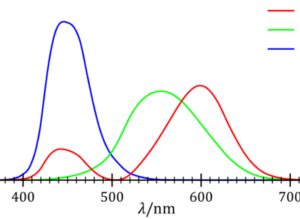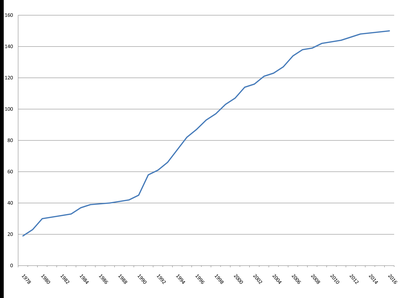Those trademark practitioners whose clients include companies located outside of the US will be familiar with the so-called Section 44e filing basis. This is the filing basis that honors Article 6quinquies of the Paris Convention. It permits a would-be applicant in the USPTO to get a free pass (for six years) on having to prove use in commerce in the US. To qualify for this filing basis, and thus to get the six-year free pass, the applicant must establish that the same applicant earlier obtained a non-US trademark registration for the same mark. The goods/services identified in the registration are required to “cover” the goods/services identified in the US application. A further requirement is that the registration is required to come from the place that is the “country of origin” for the applicant. Finally, the registration needs to be valid and subsisting, and needs to have an expiration date far enough in the future to make it likely the US prosecution would reach is conclusion prior to the expiration date.
The problem is that the TEAS forms for such a US trademark application are actively unfriendly to many applicants, namely those applicants for which the office of registration provides cryptographically protected certificates of registration. I’ll explain. Continue reading “A way to make a TEAS form friendlier”


